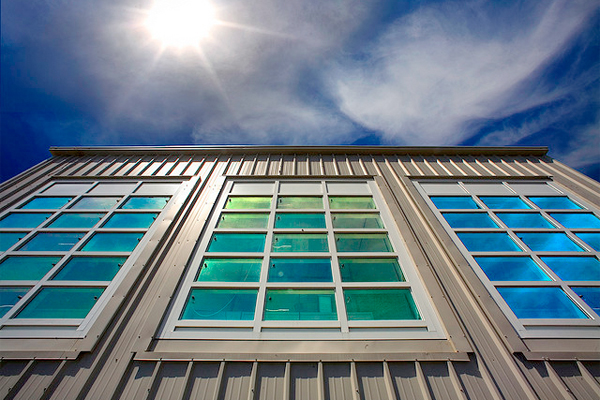Windows come in several different styles, shapes and materials that all affect their level of efficiency. An energy-efficient frame can drastically lower your power bill. If you have a room that gets too much light, reflective coatings allow heat to transfer through but block light. Darker rooms can benefit from windows that increase the transmission of light. Even small changes like adding weather-stripping, proper caulking and window coverings can drastically improve your energy savings.
Window Installation
According to Energy.gov, even the most energy-efficient window design can fail to perform if not installed correctly. Because of this, it’s recommended that a professional install your windows to get the most benefit. The type of window you choose affects the installation process. There are many factors to consider, including the internal construction of the house, siding, and weather-restrictive barriers. Additionally, windows must be air sealed to perform properly.
Window Frames
There are many types of window frames—aluminum, composite, fiberglass, vinyl and wood frames. Each type has its own energy-saving properties. Aluminum makes a poor insulating material and is not a good choice for energy efficiency, Composite frames are made of various wood products, are highly stable, and resist moisture and decay. They also have better thermal properties than traditional wood materials. Fiberglass frames contain air cavities that can be filled with insulation to give them better thermal performance than wood. Vinyl frames resist sunlight’s tendency to break down materials. Since vinyl frames can be filled with insulation materials, they tend to perform better than wood frames. Wood frames provide good insulation, but they may change size depending on the weather conditions.
Window Glazing
The type of glazing used on the window has a dramatic effect on how well your new windows will reduce energy consumption. Gas-filled windows tend to provide better insulation than air-sealed panes. Manufacturers can combine a gas-filled pane with heat-absorbing tint coatings, low-emissivity coatings, reflective coatings and spectrally-selective coatings. Some homeowners may find it more economical to use different coatings on different sides of the home. For example, spectrally-selective coatings may be ideal for a window facing the sun since the coating can filter up to 70 percent of the heat transmitted through the glass. In contrast, low-emissivity coatings may be appropriate for rooms that suffer energy loss due to their location.
Window Selection
When it comes time to select windows, it’s best to consult with a professional to narrow down your options. Even if money is no object, the best choice for your home requires a personal assessment and evaluation. Retro Teck Window notes that when determining the overall cost of a window replacement, it’s also important to factor in the expected lifetime of the windows. Some window replacements last long than others, so it makes sense to carefully review all of your options before making a choice.
The right window selection can help you save 30 percent or more on your power bill. Carefully consider the layout and the special requirements for each room in your home before deciding on an appropriate window treatment for your home.
